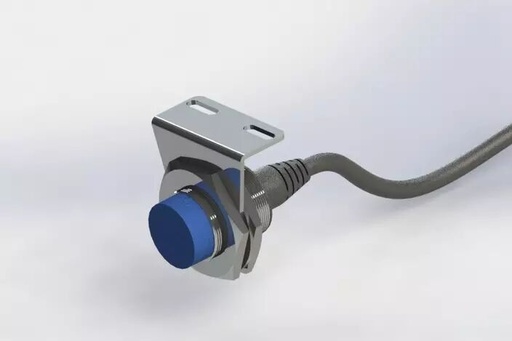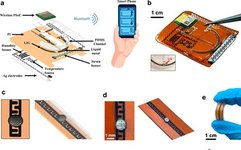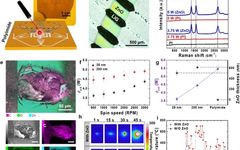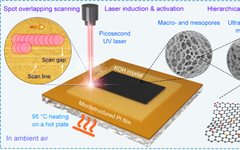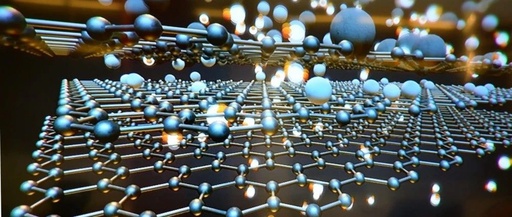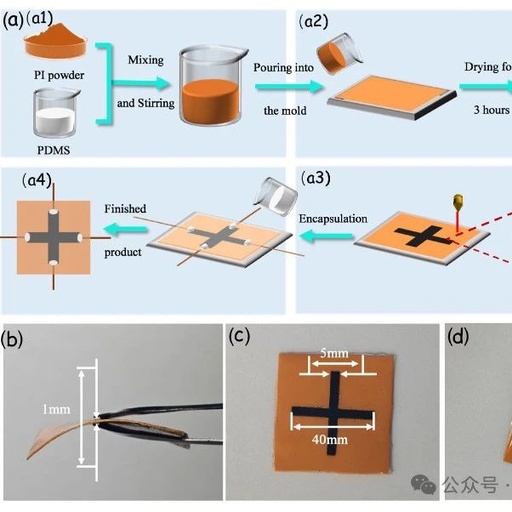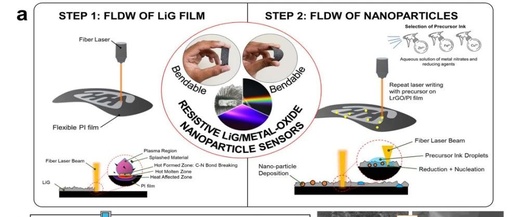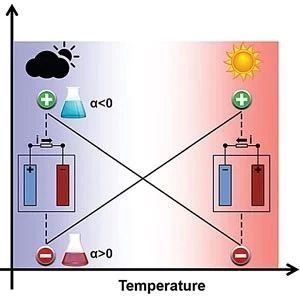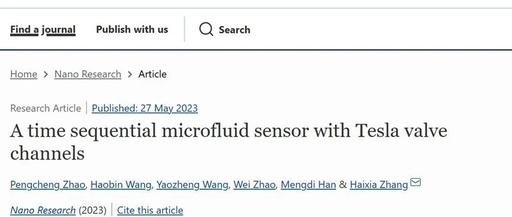Understanding the Global Sensor Market at a Glance
Related Articles: ▶ Understanding Biomaterials for Biosensors ▶ Graphene’s Role in Medicine and Biosensors ▶ [At a Glance] Sensors Perceiving the World ▶ Understanding the Sensor Market and Applications Author: Xiao Hui Editor of New Materials Online: chungoo This article is sourced from the New Materials Online service account. For reprints, please add the editor’s … Read more
